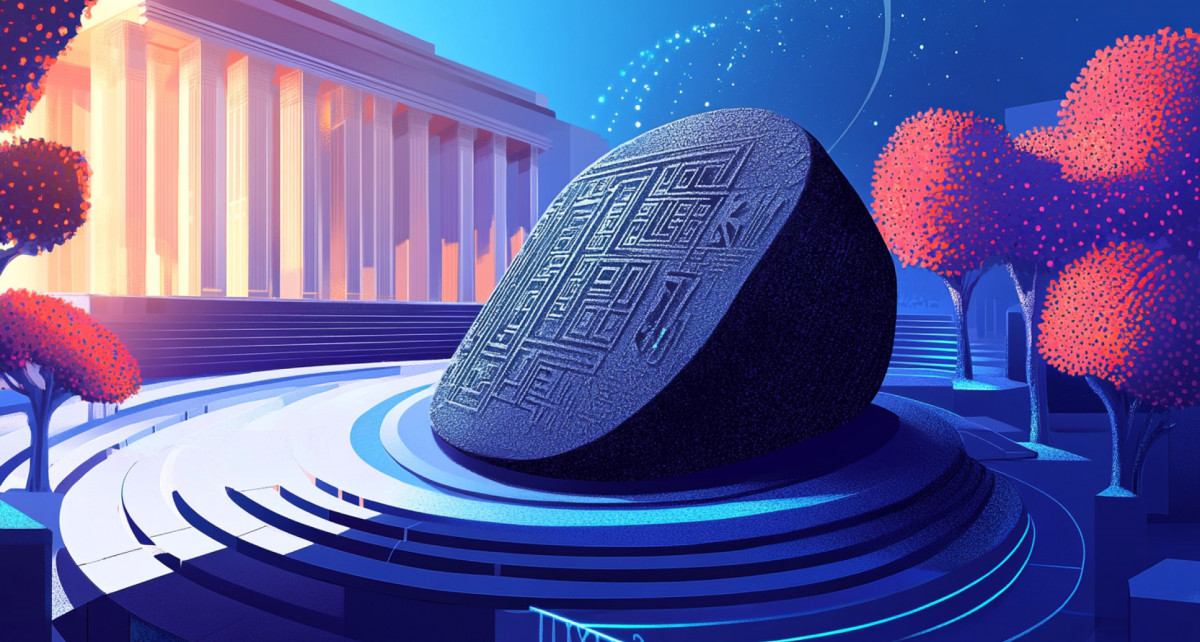D ressing up is probably one of the most annoying things. You stand in front of a mirror and try to find the right combination of clothes of various colours hoping you look more tolerable to people. This is probably one trait that distinguishes us from other animals: we spend a few good minutes every morning staring at a mirror.
Have you ever wondered, though, when we stare at a mirror, what we’re really staring at? What is a mirror? Most mirrors feel like glass. They are heavy and break easily. But then if you stare at a glass, say your window, and you stare at a mirror, what you see are very different things.

On a bright day, glasses are transparent, and you can see the outside world through a glass window. At night, if you look at your window and if you are in a well-lit room, you will now see yourself. In a mirror, on the other hand, you always see yourself irrespective of whether it is day or night (and as long as it is not dark).
To understand the difference between a mirror and window glass, we need to learn about metals and insulators. What are metals and insulators? Metals are shiny things, like your steel cups and plates, the aluminium pressure cooker, and coins in your purse. Metallic objects are usually hard, not easy to break, and have a silvery shine.
They also get hot and cold quite easily and can conduct current. It’s one reason why we never touch a live socket using a spoon. Insulator objects on the other hand are made of glass, wood, and plastics.
The things that usually don’t conduct current also often don’t look silvery. An electric current is conducted by electrons. Atoms have both positively charged protons and negatively charged electrons.
In a metal, electrons are like unruly, fun-loving kids: they leave their parent atoms and move around between different atoms, forming a big soup of electrons. On the other hand, in an insulator, every electron in an atom is a bit shy and stays close to the parent atom. Therefore when we put in a battery and try to push the electrons, they will move freely in a metal, since they are unruly, but in an insulator they won’t.
Therefore metals conduct current, insulators don’t. But the fact of how electrons behave towards batteries also decides how they behave when light falls on them. How do light and electrons interact? Light is an electromagnetic wave.
A wave is any disturbance that moves periodically in time and can go from one point to another. For instance, when you drop a stone in a pond, you generate waves of water. When you speak, you generate waves of air, or sound waves.
When light falls on us — that’s an electromagnetic wave, a periodic wave of electric and magnetic fields. Electric fields create forces that make electrons move, such as in your watch. Magnetic forces are the ones that keep your refrigerator magnets stuck on the door.
But these forces don’t change with time. When they start changing periodically in time they generate light, an electromagnetic wave. Electrons behave very funnily when light falls on them.
Just like we move periodically when someone pushes us on a swing, when light falls on electrons, these electrons start moving periodically in time, as if they are dancing. But the way they dance in metal and insulators are different. Since in a metal, all electrons are in a soup, they dance in a group like a flash mob.
But in an insulator, every electron just dances individually on its own, inside its atomic home. The type of electron dance decides whether light can go through a material. When light falls on a metal, all these electrons team up and start dancing together.
This obstructs the light so much that it can’t go through the metal and just bounces back. On the other hand, in an insulator, since every shy electron just dances a bit in its atomic home, most of the light goes through. This is why insulators such as glass let some light go through while metals usually don’t.
This is also the reason why you can see your face very clearly on a steel plate or spoon. The light from your face is reflected fully by the plate and enters your eye. But on a day when you just look at a window, most of the light from your face just goes through the glass to the other side, making it hard to see yourself.
Moreover there is light from the outside that enters the glass into your eye, making you see the outside world. In the night, however, there is little ambient light, so just the light from your well-lit room reflects a bit from the glass and you can see yourself. How does a mirror work? So how is it then that a mirror, which feels like glass, an insulator, reflects like a steel plate? This is because the mirror is not just a glass: it has a secret.
While it is in fact made of glass, there is a thin layer of metal placed on its back side. The front side is glass that lets the light through but the back side is a metal, where the electrons dance to reflect the light. This is what makes you see yourself every time you stare into a mirror.
A mirror is thus not one material but two. Both the glass (of shy electrons) and metal (of unruly electrons) conspire to make a long-lasting mirror on your almirah or in the washroom. We just learnt that the back surface of the mirror has a metal layer.
Now imagine a block of glass where you put layers of silver on all its surfaces. This would be very strange: from the outside it will look like a metal but it won’t be able to conduct current on the inside. We can create such an object using two different materials — glass and silver, say — but can these properties occur in an object made of a single material? Such a material would have to behave differently on the surface and inside, such as a metal outside and an insulator inside.
Such materials were discovered in the second half of the 20th century and are called topological materials. Some of their discoverers won the Nobel Prize for physics in 2016. More recently, Microsoft released a quantum-computing chip that is made of such topological materials.
To understand why all of this really works, one needs quantum mechanics, one of the most beautiful subjects known to us. In fact, the UN has declared 2025 to be the International year of Quantum Science and Technology. We are currently celebrating 100 years since scientists discovered its foundational principles.
Dance of electrons While you may have understood a bit about mirrors, if you want to really understand why some electrons are unruly and some are shy or how electrons behave when light falls on them, consider learning quantum mechanics, a subject you can enjoy if you take a course in physics, for example here in IIT Kanpur where some of us teach. In the meantime, when you next stare at a mirror, don’t just look for yourself: also appreciate the dance of electrons, both in the glass and in the shiny metal layer at the back, which is sending your light back to you. Adhip Agarwala is an assistant professor of physics at IIT Kanpur.
Published - April 08, 2025 08:30 am IST Copy link Email Facebook Twitter Telegram LinkedIn WhatsApp Reddit Text and Context / speaking of science.
Technology

The magic of a mirror: how is it able to show your reflection?

Materials that behave differently on the surface and inside, such as a metal outside and an insulator inside, are called topological materials. Such materials were discovered in the second half of the 20th century and some of its discoverers won the Nobel Prize for physics in 2016















